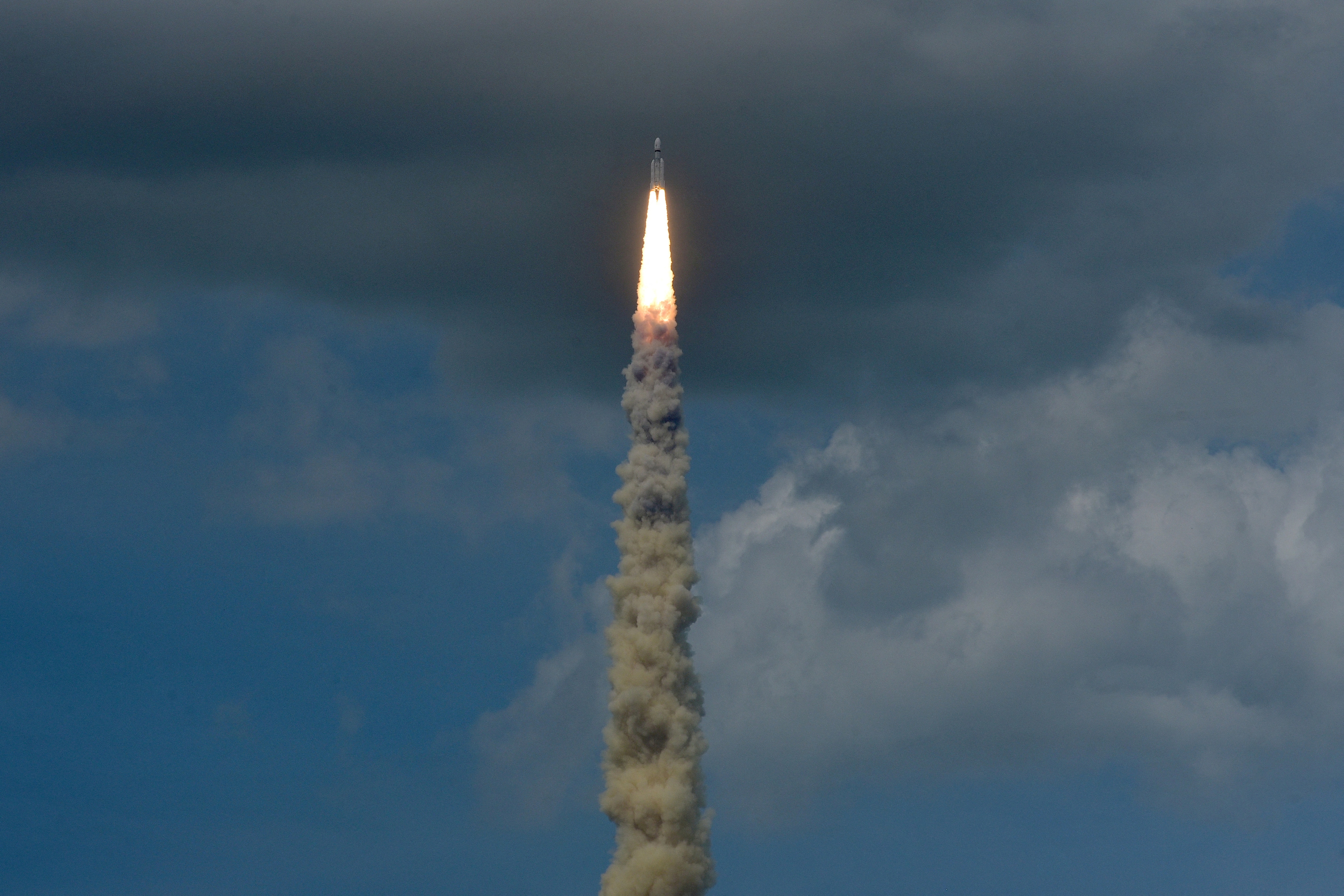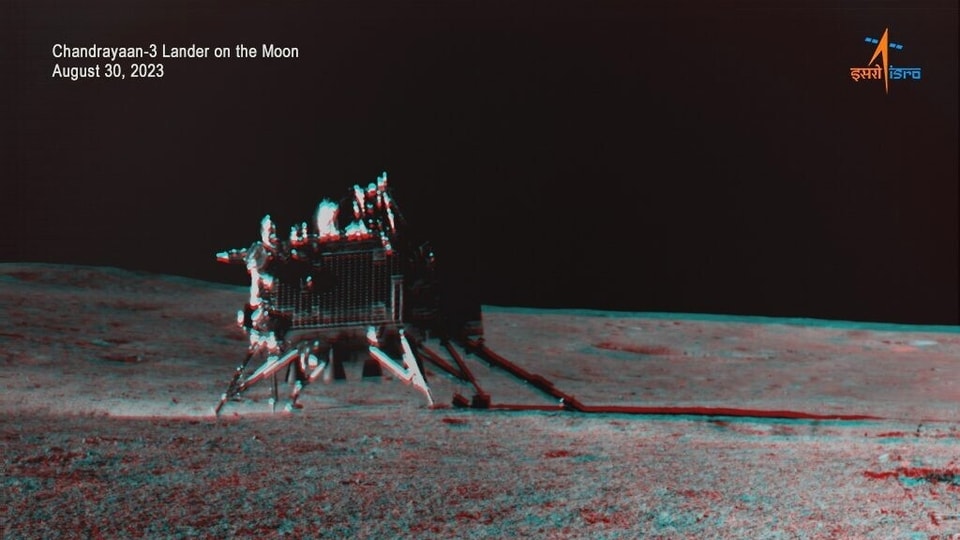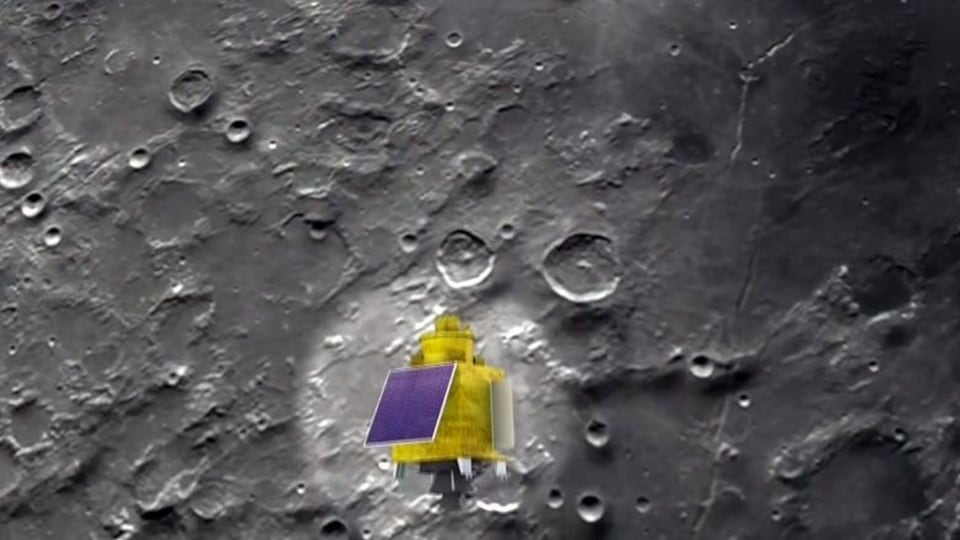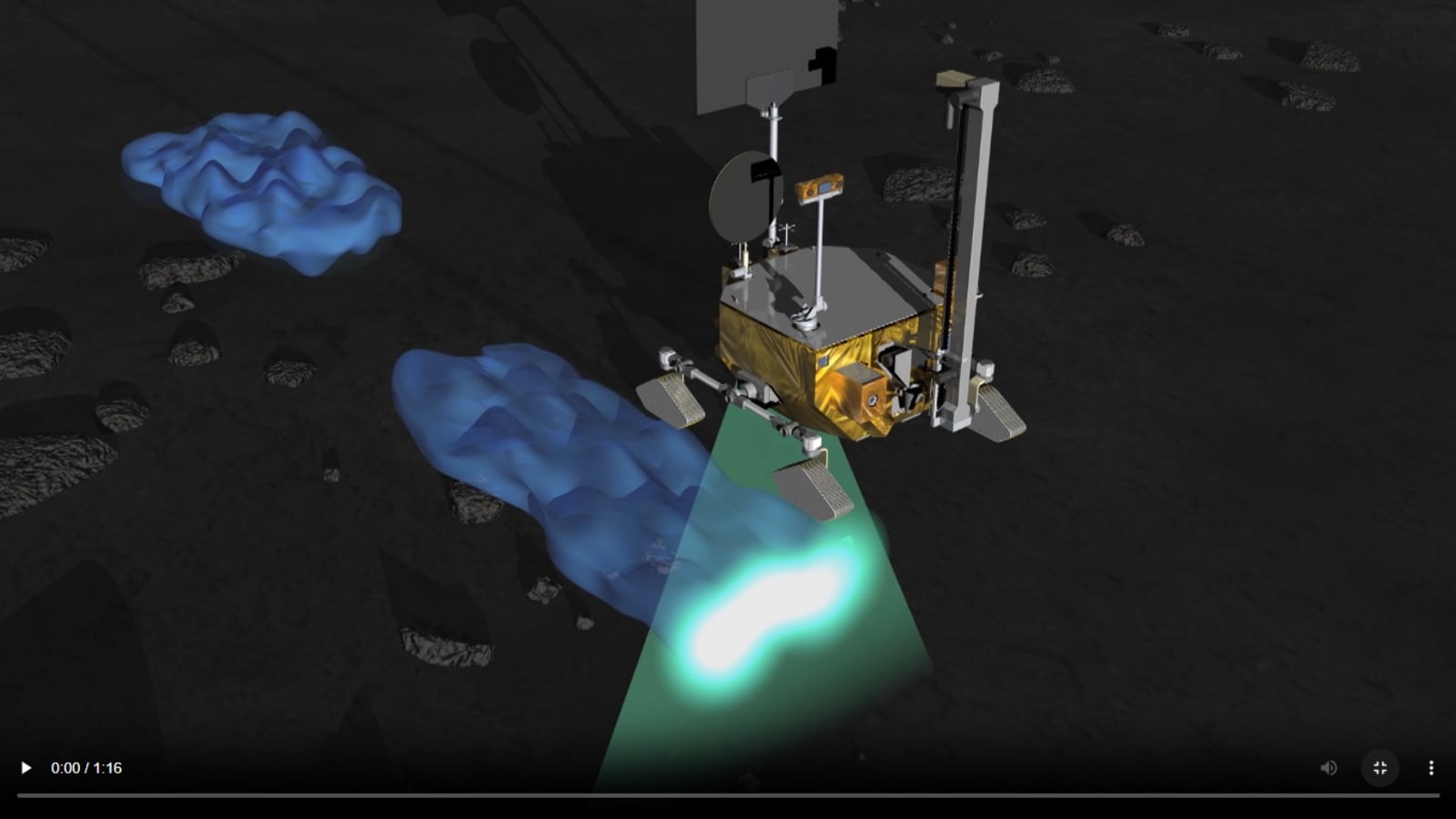LUPEX Mission: ISRO set to take big step with JAXA
ISRO and JAXA are working on a lunar mission together also known as Lunar Polar Exploration (LUPEX).






 View all Images
View all ImagesAfter the grand success of the Chandrayaan-3 mission, India is paving the way for its next lunar mission. ISRO is working in collaboration with the Japanese space agency JAXA to carry out the next moon mission called the Lunar Polar Exploration Mission (LUPEX). Earlier this new misison was being referred to as the Chandrayaan-4 mission in many reports, but now, it has been clarified that both are different. Know all about this upcoming India-Japan lunar mission that will enrich the country's knowledge about its 'natural' satellite.
LUPEX mission
The LUPEX mission is currently said to be in its planning stage. According to the official website of the Japanese space agency, “JAXA is working with ISRO to plan an international collaborative mission to obtain the data on the quantity and forms of the water resources present on the Moon, in order to determine the feasibility of utilizing such resources for sustainable space exploration activities in the future.”
Other goals of the mission mentioned by JAXA is to improve the technology needed to explore the surface to support future lunar activities including technology for mobility, lunar night survival and mining excavation. This can help ISRO and JAXA scientists to get a better understanding of the evolution of the Moon.
We are now on WhatsApp. Click to join
According to the information gathered from JAXA, LUPEX could get a payload mass of above 350 kg including a rover. Notably, the weight of the Chandrayaan-3 mission's rover 'Pragyan', was only 26 kg.
To launch this mission, an H3 rocket would be used as a launch vehicle. The investigation area will be selected on the basis of unique environmental and geological conditions. The mission's lander will land at a location where there are long sunlight hours so that the rover can be deployed there for a long period of time. This is to ensure that as many studies are carried out before the long lunar night shrouds the area.
The LUPEX mission will explore the permanently shadowed areas at the lunar south pole as it is believed that there is a presence of ice and minerals.
The ISRO-JAXA collaboration in space missions can provide scientists with multiple opportunities to try different technologies and share ideas. This can enhance the chances of success of the mission.
One more thing! HT Tech is now on WhatsApp Channels! Follow us by clicking the link so you never miss any updates from the world of technology. Click here to join now!
Catch all the Latest Tech News, Mobile News, Laptop News, Gaming news, Wearables News , How To News, also keep up with us on Whatsapp channel,Twitter, Facebook, Google News, and Instagram. For our latest videos, subscribe to our YouTube channel.






























